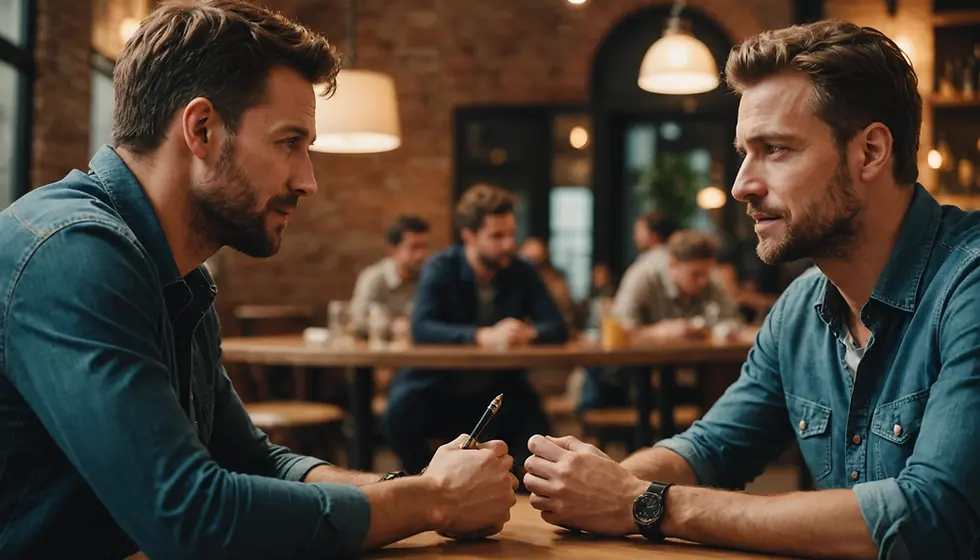Progressive Muscle Relaxation Meditation
- Cheryl Desvernine
- Feb 6
- 2 min read
Progressive Muscle Relaxation (PMR) is a relaxation technique designed to reduce stress and promote a state of deep relaxation. It involves systematically tensing and then relaxing different muscle groups in the body. By focusing on the sensation of tension and release, PMR helps to create awareness of muscle tightness and how to consciously relax it.
Here’s a step-by-step guide on how to practice Progressive Muscle Relaxation:
Find a quiet place: Choose a comfortable, quiet space where you can sit or lie down without distractions.
Breathe deeply: Begin by taking several deep breaths. Inhale slowly through your nose, hold for a moment, then exhale gently through your mouth. This helps to center your mind.
Start with your feet:
Tense the muscles in your feet by curling your toes down toward the ground and squeezing tightly. Hold this tension for about 5-10 seconds.
Relax the muscles by releasing the tension, and focus on the sensation of relaxation for 10-20 seconds.
Move upward through your body: Work your way through each muscle group in your body, tensing and relaxing each one. Here’s a typical sequence:
Feet and ankles
Calves
Thighs
Hips and buttocks
Stomach and lower back
Chest
Hands and forearms
Upper arms and shoulders
Neck
Face (forehead, eyes, jaw, etc.)
Focus on the difference: After each muscle group, focus on the contrast between the feeling of tension and relaxation. Notice how each part of your body becomes lighter and more relaxed.
Finish with deep breathing: Once you have gone through all the muscle groups, take a few more deep breaths to fully relax your body and mind.
Benefits of PMR:
Reduces physical tension and stress
Improves body awareness
Enhances relaxation and calmness
Can help with insomnia or sleep issues
Useful for managing anxiety, headaches, and chronic pain
Helps manage stress
It can take some practice, but the more regularly you do it, the more effective it can become.



Comments